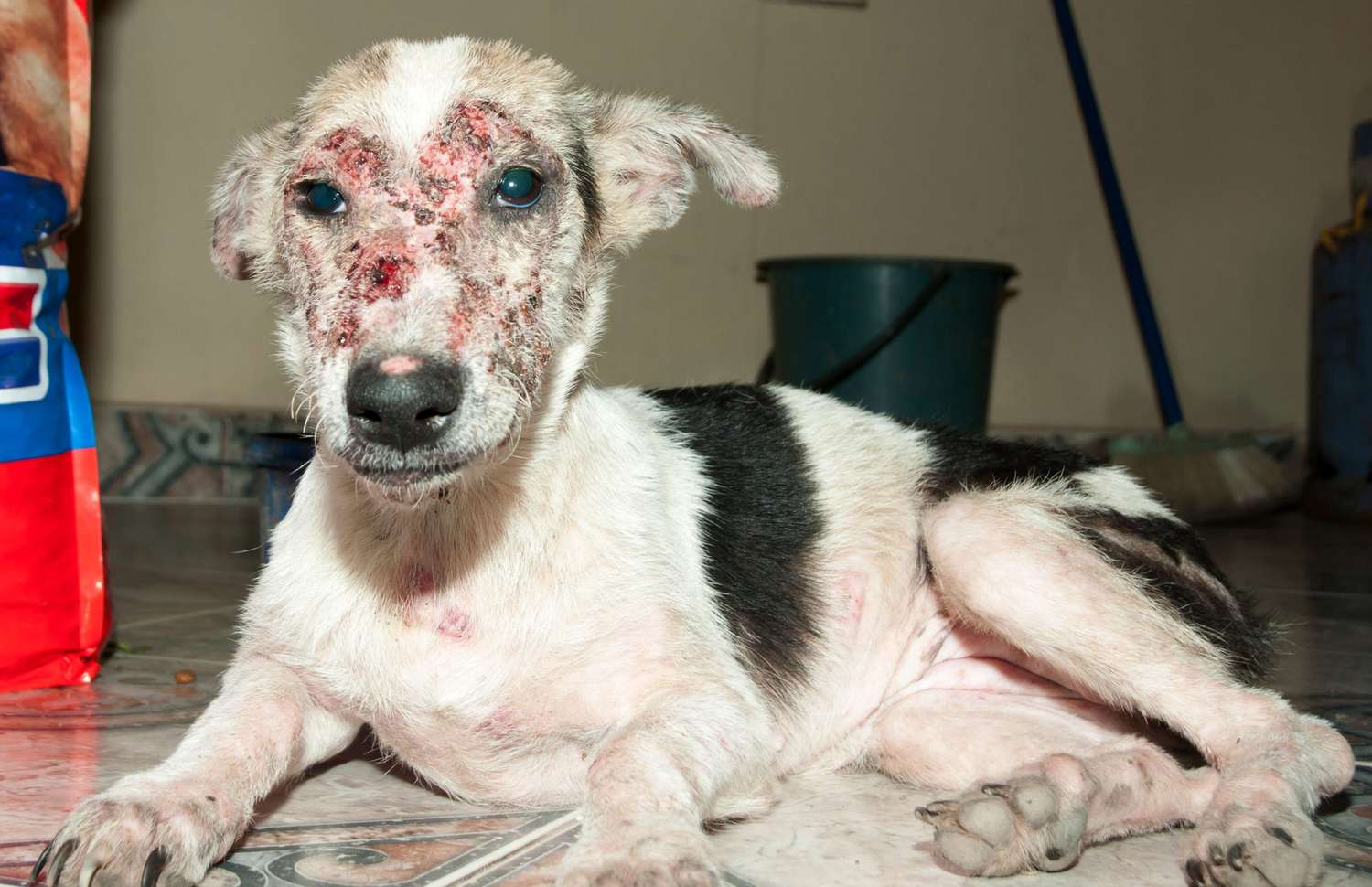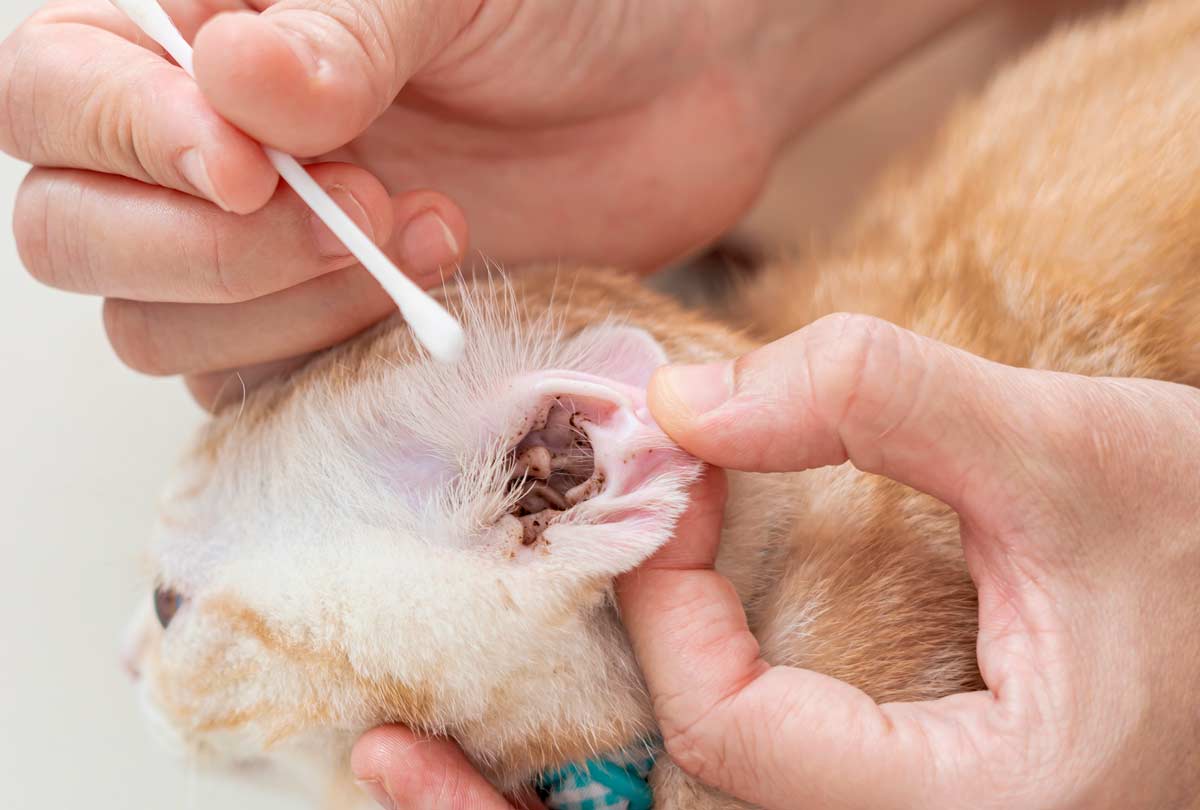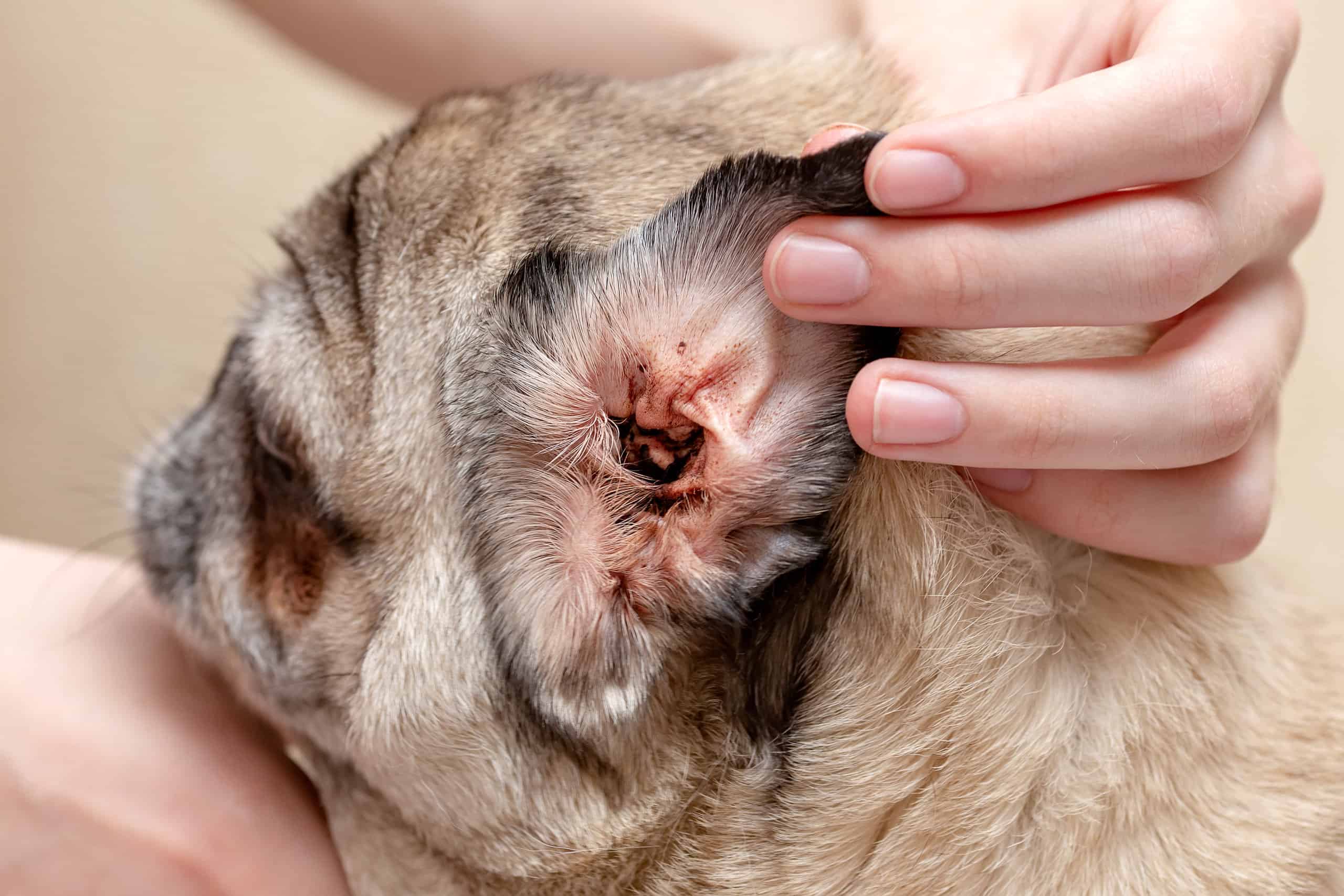Key Takeaways:
- Mange is a common skin condition in cats caused by mites.
- Early detection and treatment are crucial to prevent the spread of mange.
- Treatment options for mange in cats include medicated shampoos, topical ointments, and oral medications.
- Mange can cause intense itching and discomfort for cats, leading to hair loss and skin infections.
- Regular grooming and maintaining a clean living environment can help prevent mange in cats.
Are you a cat lover? Do you want to ensure the health and happiness of your feline friend? If so, then understanding and treating mange in cats is essential knowledge for you. Mange, a skin condition caused by mites, can cause intense itching, hair loss, and discomfort for our furry companions. By delving into this topic, you will gain valuable insights on how to identify and treat mange effectively, ensuring your cat's well-being. Don't let your beloved pet suffer needlessly when the solution is within reach. Join us as we explore the world of battling mange in cats and discover the secrets to keeping your feline friend healthy and happy. Let's dive right in!
What is Mange and Why is it Important to Treat in Cats?
Mange is a skin condition that can affect cats. It is caused by tiny mites that burrow into the cat's skin and cause irritation. If left untreated, mange can lead to severe itching, hair loss, and even secondary infections. It is important to treat mange in cats because it can cause discomfort and pain for the cat, and if left untreated, it can also spread to other pets or even humans.
Treating mange involves using medications that kill the mites and soothe the cat's skin. This may include topical creams or oral medications prescribed by a veterinarian. Regular bathing with medicated shampoos can also help in managing the condition. Treating mange not only alleviates the cat's symptoms but also prevents further complications and ensures their overall well-being.
Why should you be concerned about your cat having mange?
If your cat has mange, it can be quite uncomfortable for them. The constant itching and scratching can make them irritable and restless. Additionally, mange can lead to hair loss, which affects their appearance. Moreover, if left untreated, the condition can worsen and lead to more serious skin infections or other health issues.
How common is mange in cats?
Mange is relatively common among cats, especially those who spend time outdoors or come into contact with other animals that may carry mites. However, it is important to note that not all cats will develop mange even if they are exposed to mites. Regular check-ups with a veterinarian can help identify any signs of mange early on.
List of common symptoms of mange in cats:
- Intense itching
- Redness or inflammation of the skin
- Hair loss, especially around the ears, face, and neck
- Crusty or scaly skin
- Sores or lesions on the skin
- In severe cases, thickening of the skin
How Do Cats Get Mange and What are the Common Symptoms?
Mange is a skin condition that can affect cats, and it is caused by tiny mites that burrow into their skin. These mites are easily spread from one cat to another through direct contact or sharing bedding and grooming tools. Cats with weakened immune systems or those living in crowded and unsanitary conditions are more susceptible to mange.
The common symptoms of mange in cats include intense itching, hair loss, redness, and inflammation of the skin. You may notice your cat scratching excessively or developing scabs and crusts on their skin. In severe cases, the affected areas may become infected, leading to further complications. If you observe these symptoms in your cat, it is important to seek veterinary care for proper diagnosis and treatment.
Can Humans Catch Mange from Cats? Precautions to Take
While mange is primarily a condition that affects animals, including cats, some types of mange can be transmitted to humans as well. However, the risk of transmission is relatively low if proper precautions are taken. It is important to note that human-specific mites cause different types of mange in humans.
To minimize the risk of contracting mange from your cat, it is recommended to avoid direct contact with the affected areas on your cat's skin. Additionally, practicing good hygiene by washing your hands thoroughly after handling your cat or cleaning their bedding can help prevent transmission. If you develop any unusual skin rashes or itching after being in contact with an affected cat, it is advisable to consult a healthcare professional for appropriate diagnosis and treatment.
Different Types of Mange in Cats: Symptoms and Treatment
There are two main types of mange that commonly affect cats: sarcoptic mange (also known as scabies) and demodectic mange (caused by Demodex mites).
Sarcoptic mange is highly contagious and can spread easily between cats. It is characterized by intense itching, hair loss, and the formation of crusts on the skin. Treatment for sarcoptic mange usually involves medicated baths or dips, along with oral medications to kill the mites.
Demodectic mange, on the other hand, is caused by mites that naturally live on a cat's skin. However, when these mites multiply excessively due to a weakened immune system, they can cause mange. Symptoms of demodectic mange include patchy hair loss, redness, and inflammation. Treatment for demodectic mange typically involves addressing any underlying health issues and using topical medications to control the mite population.
It is important to consult a veterinarian for an accurate diagnosis and appropriate treatment plan based on the specific type of mange affecting your cat.
Home Remedies and Over-the-Counter Treatments for Managing Cat's Mange
While it is always recommended to seek veterinary care for proper diagnosis and treatment of mange in cats, there are some home remedies and over-the-counter treatments that may help manage the condition.
One popular home remedy is bathing your cat with a mixture of warm water and mild dish soap or pet shampoo. This can help soothe their irritated skin and remove any debris or crusts. However, it is important to avoid using harsh chemicals or human products as they can further irritate your cat's skin.
There are also over-the-counter treatments available in pet stores that contain ingredients like sulfur or benzoyl peroxide, which can help control mite populations. These products should be used according to the instructions provided and only after consulting with a veterinarian to ensure their safety and effectiveness.
It is crucial to remember that while these home remedies and over-the-counter treatments may provide temporary relief, they do not address the underlying cause of mange. Therefore, it is essential to consult a veterinarian for a comprehensive treatment plan tailored to your cat's specific needs.
When to Seek Veterinary Care for Cat's Mange: Diagnosis and Treatment Process
If you suspect that your cat has mange, it is important to seek veterinary care as soon as possible. A veterinarian will be able to accurately diagnose the type of mange affecting your cat through a physical examination and possibly skin scrapings or biopsies.
Once the diagnosis is confirmed, the veterinarian will develop a treatment plan based on the severity of the mange and your cat's overall health. This may include medicated baths or dips, topical medications, oral medications, or in some cases, antibiotics if there are secondary infections present.
It is crucial to follow the veterinarian's instructions carefully and complete the full course of treatment to ensure effective eradication of mites and prevent recurrence. Regular follow-up appointments may be necessary to monitor your cat's progress and make any necessary adjustments to the treatment plan.
Remember, early intervention and proper veterinary care are key in successfully treating mange in cats.
Untreated Mange in Cats: Long-Term Effects and Prevention
If left untreated, mange can have long-term effects on a cat's health and well-being. The constant itching and irritation caused by mange can lead to self-inflicted wounds from excessive scratching, which can become infected. Severe hair loss can also occur, leaving the skin vulnerable to sunburn and other environmental damage.
Additionally, untreated mange can weaken a cat's immune system further, making them more susceptible to other illnesses. It is essential to address mange promptly to prevent these potential complications.
Prevention plays a crucial role in managing mange in cats. Maintaining good hygiene by regularly grooming your cat with appropriate tools can help remove any mites or debris from their fur. Keeping their living environment clean and providing them with a balanced diet that supports a healthy immune system can also help prevent mange.
Regular veterinary check-ups and vaccinations are important to ensure your cat's overall health and catch any potential issues, including mange, early on. If you notice any signs of mange or other skin conditions in your cat, seeking veterinary care promptly can help prevent the condition from worsening and minimize the risk of long-term effects.
Preventing Mange in Cats: Tips for Cat Owners
As a responsible cat owner, there are several steps you can take to prevent mange in your furry friend:
1. Maintain good hygiene: Regularly groom your cat using appropriate tools and products recommended by your veterinarian. This helps remove any potential mites or debris from their fur.
2. Keep living environment clean: Regularly clean your cat's bedding and living areas to minimize the risk of mite infestation. Vacuuming carpets and upholstery can also help remove any stray mites or eggs.
3. Provide a balanced diet: Feeding your cat a high-quality, balanced diet that supports their immune system can help prevent mange and other health issues. Consult with your veterinarian for specific dietary recommendations for your cat's needs.
4. Avoid overcrowding: If you have multiple cats, make sure they have enough space to avoid overcrowding, as this can increase the risk of mite transmission.
5. Regular veterinary check-ups: Schedule regular check-ups with your veterinarian to monitor your cat's overall health and catch any potential issues, including mange, early on.
By following these preventive measures and being proactive in caring for your cat's health, you can significantly reduce the risk of mange and ensure a happy and healthy feline companion.
In conclusion, mange is a skin condition that can affect cats. It is caused by mites and can cause itching, hair loss, and discomfort. Treating mange involves using medications prescribed by a veterinarian to kill the mites and soothe the cat's skin.
What kills mange in cats?
Ivermectin and Doramectin injections are utilized to combat mites that cause mange in cats. The frequency of doses, whether once a week or once every two weeks, depends on the severity of the infestation. Typically, recovery is quick with this treatment.
What happens if mange goes untreated in cats?
It is believed that the symptoms of mange occur due to an allergic reaction to the mites. If left untreated, the mange will eventually spread to other parts of the body. Your cat may experience matting of the fur and develop crusty sores on the forelegs, paws, and lower abdomen.
What does the start of mange look like on a cat?
If your cat is affected by mites and develops mange, you will notice areas of hair loss, redness in the skin, excessive itching and scratching, or potentially more severe symptoms. The positive aspect is that a correct diagnosis from a veterinarian can lead to the proper medication to eliminate the mites and provide your cat with relief from discomfort and irritation.
Why would an indoor cat get mange?
Sarcoptic mange is caused by the notoedric cati mite and is different from demodectic mange in that it can be passed between animals and humans. This means that any cat that comes into contact with an infected animal is at a high risk of getting sarcoptic mange.
Is it bad to touch a cat with mange?
Certain types of mange mites can transfer to humans and result in symptoms such as itching, redness, and swelling. However, these mites are unable to reproduce on humans, making it easier to eliminate them from oneself compared to one's pet.
Does apple cider vinegar get rid of mange?
According to some claims, apple cider vinegar can help alleviate itching and eliminate mites that cause mange. Its antiseptic and antibacterial properties can also assist in balancing pH levels, ultimately promoting the healing of damaged skin.
















